Care of the alocasia zebrina or zebra plant
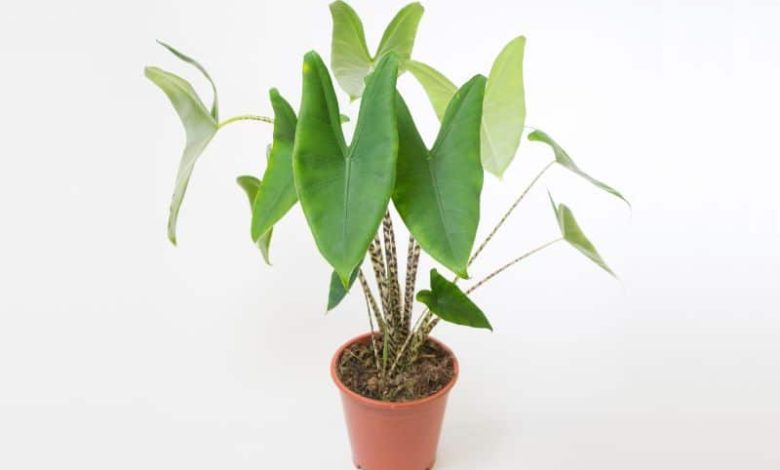
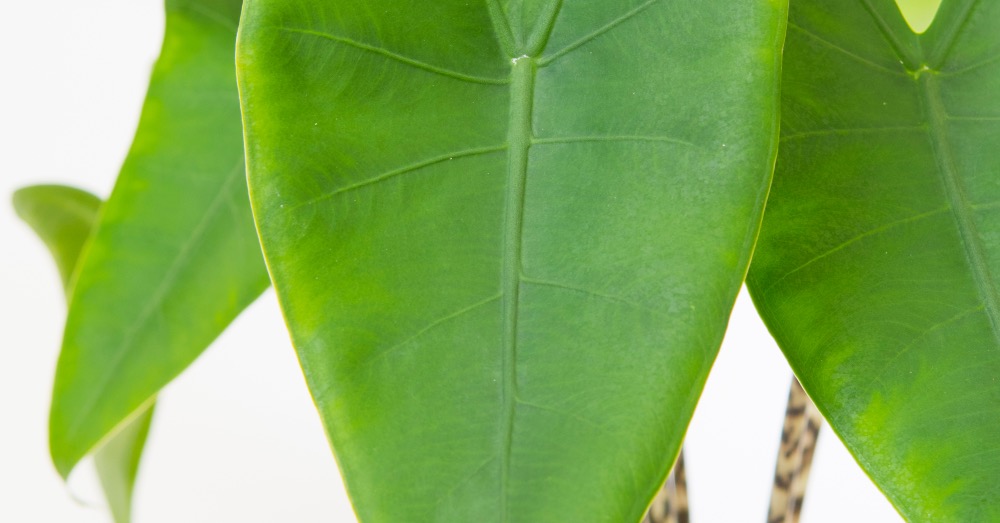
It is one of the most unique indoor plants and, perhaps for this reason, the favorite of interior designers and instagramers. Enjoying its peculiar beauty requires knowing in depth the care of the alocasia zebrina. A plant that has other names that give us clues as to what it is like: the zebra plant, or the elephant ear plant. And as peculiar or disparate as both nicknames may seem to us, they have all the logic. The peduncles or stems of its leaves simulate the back of a zebra, while their movement reminds us of those of pachyderms. A super exotic sum that we can enjoy inside the house!
The care of alocasia zebrina is not, in short, too complicated. You just have to keep in mind what its origins are. And we are talking about a plant from the wetlands of countries like India, Malaysia or the Philippines. A provenance that naturally marks the water, light and temperature needs of this incredible natural beauty.
Perfect for adding a tropical and different touch, its value as an ornamental plant is undeniable. And it is that, beyond its shape and color, we are talking about a plant with an upright and striking appearance. A unique presence that we can achieve knowing the care of the alocasia zebrina, and giving it to ours.
7 CARE OF ALOCASIA ZEBRINA OR ELEPHANT EAR PLANT
Knowing the care of the alocasia zebrina is betting on its growth. Only by giving it exactly what it needs will it be able to maintain that rhythm of development that characterizes it. And we are not just referring to its vertical evolution. We refer, above all, to the fact that with the right conditions the alocasia zebrina unfolds its enormous and characteristic leaves. A true vegetable wonder that decorates any space by itself.
Let’s see what the care of the alocasia zebrina is and, incidentally, some tricks to further improve its growing conditions. Because that is another of the benefits of this plant: if we pay it the attention it demands, we can enjoy it for many years. It’s worth doing!
1. Light, fundamental in the care of alocasia zebrina
Something logical, given that we are talking about a plant of tropical origins. Lighting is vital for alocasia zebrina to develop properly. But not only for that: it also plays a very important role in the coloration of its leaves and stem, and even in the position of its leaves. However, let’s not confuse light with sun. We are talking about a plant that needs a lot of light, but that should not receive direct sun. The reason is simple: solar incidence can burn its leaves and spoil them.
Although it is usual to grow it as part of the indoor plants, it is also possible to plant it directly in the ground if we live in a warm climate. To do so, we will have to do it in a semi-shaded area protected by larger plants that give it that shade it demands. The best way to guarantee the luminosity that it demands without excess sun and, at the same time, to give it humidity.
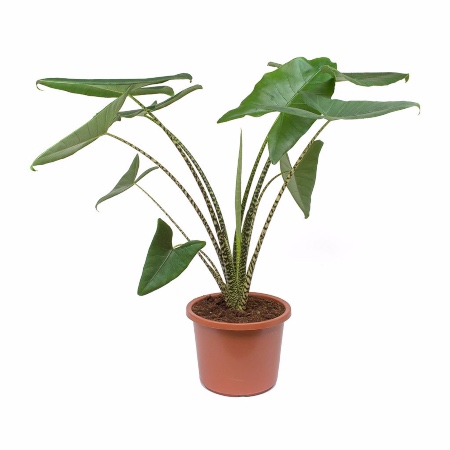
2. Tropical temperature, another care of the alocasia zebrina to monitor
The temperature needs of this plant are what make it a perfect houseplant. And it is that, due to its marked tropical origins, it does not tolerate being in environments with less than 10 degrees of temperature. Only if we give it heat, the plant will grow properly.
Caution: let’s not confuse the term heat. We refer to a fan between 20 and 25 degrees. Above that temperature, we will have to closely monitor the amount of watering.
3. Abundant irrigation, key to its development
As we mentioned before, we are talking about a plant from swampy areas. And these origins are, in themselves, an explicit clue of how their watering should be. Alocasia zebrina demands a permanently moist substrate. Of course: this humidity must be light, always avoiding puddles. The best way to know when it’s time to water again is by touching the soil. If the surface is slightly dry, it’s time to re-wet.
Although irrigation is more intense in the summer months, it is almost anecdotal in the winter months. As the pattern of sunlight and temperature decrease, the alocasia zebrina stops its plant growth. A fact that we can notice is that it will not generate new sheets. At that time, the ideal is to lower the irrigation guideline until the arrival of spring.
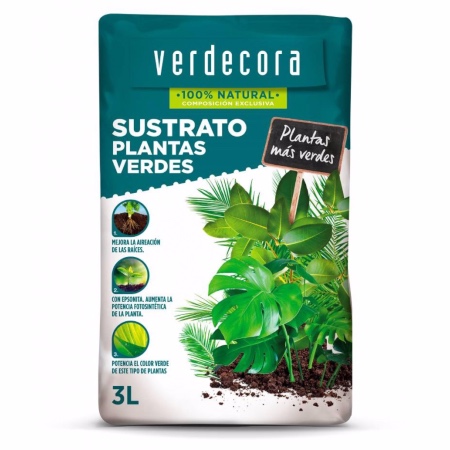
And something important: substrate and drainage. Although it may seem secondary to us, this tandem is essential for your well-being. As far as the soil is concerned, we can grow it in a universal substrate or, even better, in a specific one for green plants. And, whatever the soil, make sure to make it well drained. Although your demand for water is high, you need to be able to evacuate it properly.
4. Environmental humidity, another of its demands
Intimately linked to irrigation and temperature, there is another care that we cannot miss. Alocasia zebrina demands a good degree of environmental humidity. For this reason, in dry climates or in the hot months, it is essential to spray its leaves to hydrate them. It is not the only moment in which we must carry out this task.
If our plant is subjected to temperatures above 25 degrees, it is also essential to provide it with the humidity it demands.
5. Subscriber, suitable for each time of the year
The care of the alocasia zebrina is not demanding with regard to the subscriber. Or, put another way, it is not a task that we have to perform constantly. It is only necessary to adapt the type of fertilizer to the place where our alocasia zebrina is planted, and reserve it for a specific time of year: the sunny months.
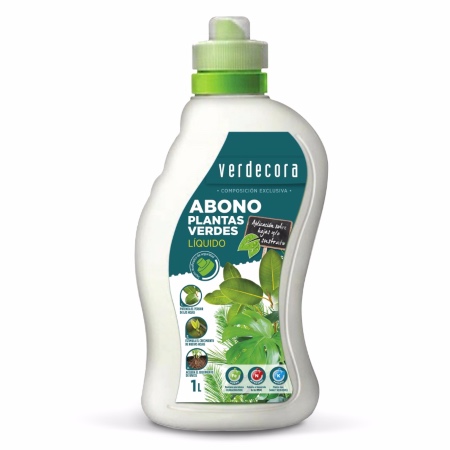
With the arrival of spring, the plant will begin to sprout. To help it in this task and if it is planted in soil, the ideal is to fertilize it regularly with an organic fertilizer. If we grow it in a pot, we can opt for a liquid fertilizer for green plants every 15 days in spring or summer.
6. Transplant, always in spring
If we take care of the alocasia zebrina rigorously, we will be forced to transplant our plant annually. The best sign to do it: see the roots come out of the drainage holes. It will be enough to offer him a larger pot and, to avoid any stress, reserve this task for spring.
In this way, we will take advantage of the moment of vegetative awakening of the plant so that it takes root correctly.
7. Plagues, the last of the alocasia zebrina care to contemplate
Being honest, we are talking about a plant with an incredible resistance to pests. But let’s not trust. To be, it must be suitably nourished and, what is more important, clean. If we regularly remove the dust from its leaves, the plant will have a greater resistance to any external attack. In very dry environments, it can be attacked by the red spider.
Seeing its size and knowing the care of the alocasia zebrina, do you dare to include it among your plants? You will not regret!


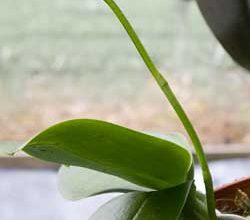
![Photo of How to Grow Medicinal Herbs: [Complete Guide and Types]](https://www.complete-gardening.com/wp-content/uploads/2022/08/how-to-grow-medicinal-herbs-complete-guide-and-types-334x220.jpg)
![Photo of Pests and Diseases of Tulips: [Detection, Causes and Solutions]](https://www.complete-gardening.com/wp-content/uploads/2022/08/pests-and-diseases-of-tulips-detection-causes-and-solutions-390x220.jpg)